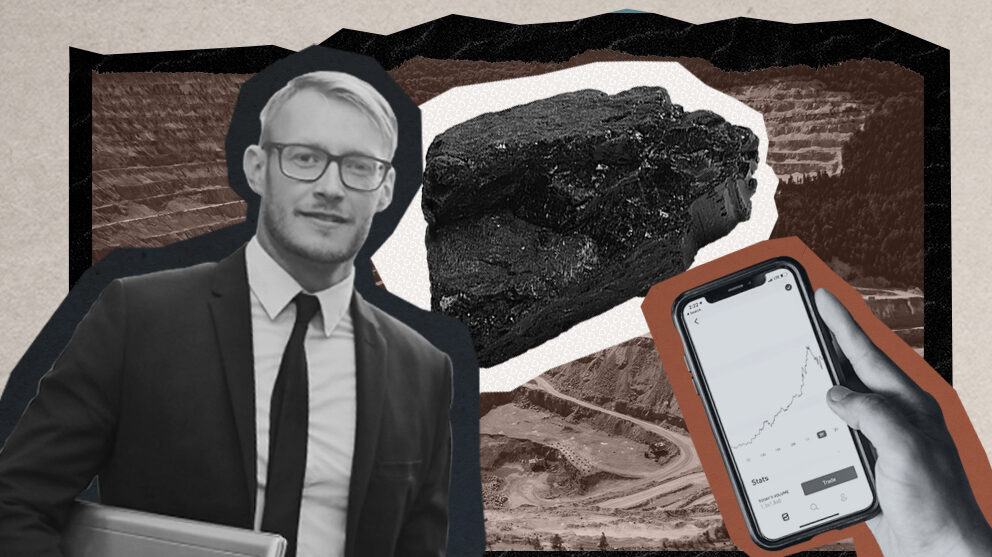Change creates opportunity; the myriad of environmental and social forces reshaping the mining industry will separate the winners from the losers. Key for mining companies will be the careful management of both their public image and their portfolio as they seek to minimize exposure and capitalize on opportunities presented by emerging markets.
ESG, CSR, and the Mining Industry
Mining companies are dealing with ever-increasing levels of demand for environmental and social responsibility, pressures that are coming from the public, governments, and investors.
“Many investors are making it clear that they will not advance funds unless companies can demonstrate a meaningful and measurable commitment to the principles so much of society holds dear,” says Dr. Leeora Black, Global Mining & Metals Value Beyond Compliance Co-Leader, Deloitte Australia. “This causes mining companies to consider not only threats to public trust, but also potential threats to investor trust.”1
A report from McKinsey & Company further illustrates the need to embrace a changing marketplace.
According to the report “Although metals are not yet priced on their CO2 footprint, that day could come.”2
2015’s Paris Agreement saw 195 countries pledge to limit global warming to well below 2.0 degrees C and, ideally, not more than 1.5 degrees C above pre-industrial levels.2
“That target, if pursued, would manifest in decarbonization across industries, creating major shifts in commodity demand for the mining industry and likely resulting in declining global mining revenue pools. Mining-portfolio evaluation must now account for potential decarbonization of other sectors.”2
In addition to environmental and social concerns, companies are facing uncertain trade landscapes, geopolitical instability, cybersecurity threats, and increased scrutiny on water usage rights.
Climate concerns are not only a responsibility for mining companies, but actually a direct threat, as already harsh operating conditions could be further complicated by increased potential of flooding and drought.
Growth Markets in Mining
Such a climate of change and uncertainty can assuredly provide headaches for mining companies, but it can also manifest opportunity for those who are flexible, agile, and well positioned.
While increased efforts to meet the terms of the Paris Agreement will result in shrinking demand for coal, the wind turbines, solar photovoltaics, electric vehicles, and energy storage units that replace them will require other mined materials.
“Electric vehicles and battery storage are likely to create growth markets for lithium, nickel and cobalt,” says McKinsey & Co partner Oliver Rambottom. “At the same time, emerging technologies in hydrogen fuel cells and carbon capture could boost demand for platinum, palladium and other materials.”3
The McKinsey report further details implications of potential Paris Accord compliance on demand for various minerals and energy sources. It projects that nickel, cobalt, and lithium will experience a significant boost in demand owing to electric vehicles and battery storage, while uranium is in position to see increased demand as a result of potential nuclear power growth. Iron ore, bauxite, lead, chromium, and manganese will see growth from decarbonization technologies offset by increased recycling rates. Likewise, recycling will counterbalance copper demand caused by electric vehicles, wind turbines, solar panels, and batteries.2
“The demand for metals to produce low-carbon technologies is on the rise as countries gradually move towards low carbon economies,” writes Oana Ochianu for Sustainalytics.4 In addition to the aforementioned examples, she notes that “Aluminium is key to producing lighter, more fuel-efficient vehicles and gold is often used in the energy, healthcare and technology industries for various water-related applications. This makes the responsible development of the extractive industries vital to creating a more sustainable future.4
Of particular interest to Canadians is the battery driven demand for nickel, cobalt, and lithium. Nickel reserves near Timmins, Ontario have led some to declare the NE Ontario town as challenger to Sudbury’s perceived dominance with the element.5 Public support for cobalt and lithium mining in the Northwest Territories sits at 80%, with Elon Musk’s Tesla a potential partner.6 Last December the government of Canada and the government of Ontario announced a joint $10-million investment in the First Cobalt Corp. refinery, signalling an intent to participate in downstream activities as well as mining.7
Decarbonization Expertise
As companies look to decarbonise their mining operations, it won’t just be minerals in demand, but expertise as well. Extensive water management programs will factor into sustainability, economic feasibility, and ESG, as will automation and methane capture.
Ultimately, profitable mining companies will be required to assess which aspects of their operations are under direct threat from climate change, how their portfolios will address changing demands, and how their own operations can be made cleaner and more sustainable.




